What is Radioactive Decay Inside Earth?
Four radioactive isotopes inside Earth account for 50% of its internal heat. Like a slow cooker, they slowly release heat within the planet keeping it warm.
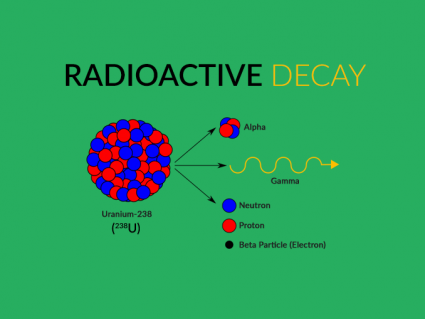
Four radioactive isotopes inside Earth account for 50% of its internal heat. Like a slow cooker, they slowly release heat within the planet keeping it warm.

Geotechnical Engineers understand the behavior of earth materials. For example, they interpret rock and soil samples to investigate subsurface conditions.
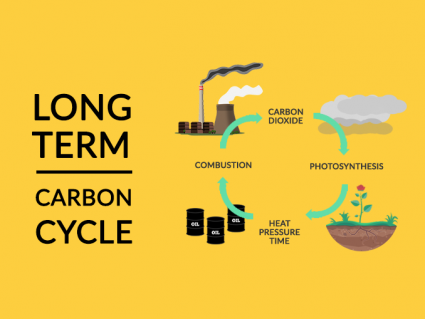
Carbon is re-purposed into fossil fuels in the long-term carbon cycle. The coal that we use today was produced millions of years ago from buried swamps.
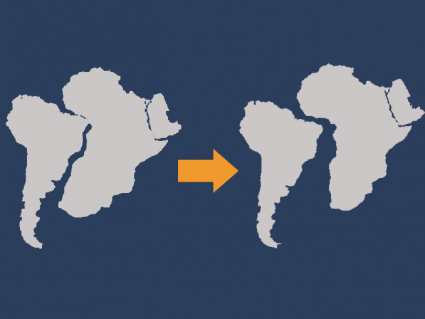
Plate tectonics are deceptively slow. It’s just centimeters each year. Continental drift is the idea that continents passively move due to tectonic activity
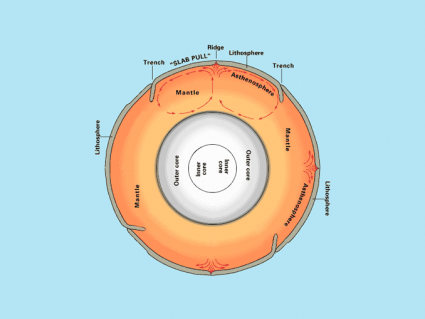
Under the rigid layer of rock we live on, the Earth is plastic & more dense. Because of its fluid properties, mantle convection can occur within the Earth.
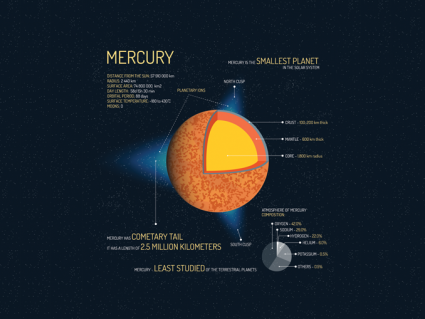
Not only is planet Mercury the closest to the sun, but it has extreme temperatures. Facts about Mercury: Its long comet-like tail, craters and unusual orbit
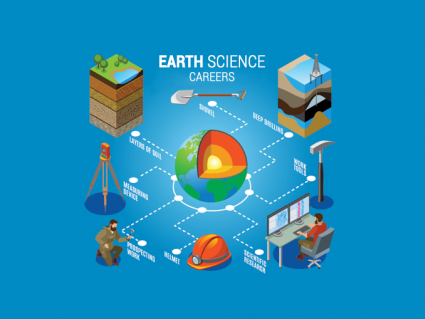
This list of 30 Earth Science careers has everything you need to know to carve your own career path as an Earth scientist. It’s time to start your journey.

Lightning is hotter than the sun, it strikes 8.6 million times a day and more lightning facts. Because when there’s thunder, there’s sure to be lightning.
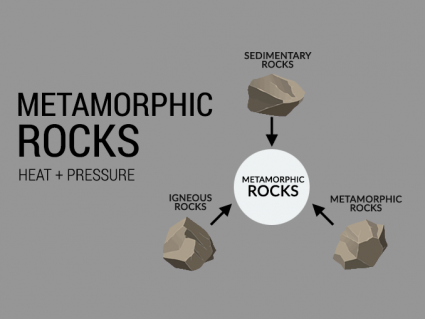
If you take an existing rock and add immense heat or pressure to it, the rock becomes soft and pliable like cookie dough transforming into metamorphic rocks.
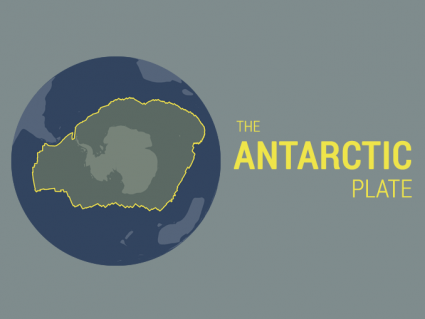
Antarctic plate holds the continent of Antarctica including the surrounding ocean. It shares borders with the African, Pacific & South American plate.
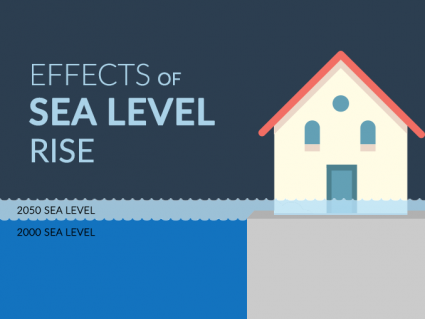
As temperatures surge, sea levels rise with it. This is because melting ice sheets add to total water volume. By 2100, water levels could rise 32-68 inches.
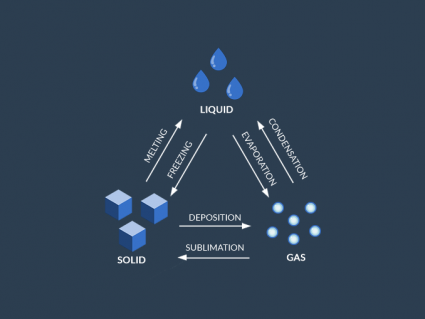
Because water is extremely versatile, it changes phases rapidly. The states of water are gas, liquid and solid. Water cycles through these phases in nature.

Money doesn’t grow on trees for foresters but it still makes a great career option. You will harvest timber while conserving the environment as a forester.
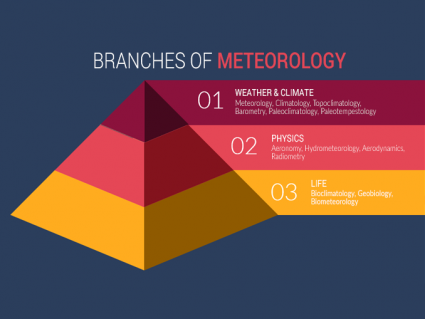
Weather and climate is all around us. It affects our work and play. Big disasters cost money and lives. Here are the branches of meteorology.
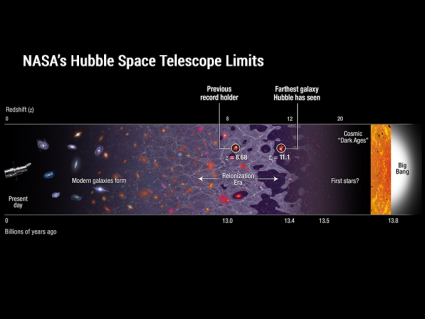
The universe is immeasurable in size. Universe expansion is the theory that galaxies and all matter in space are increasing in distance between each other.